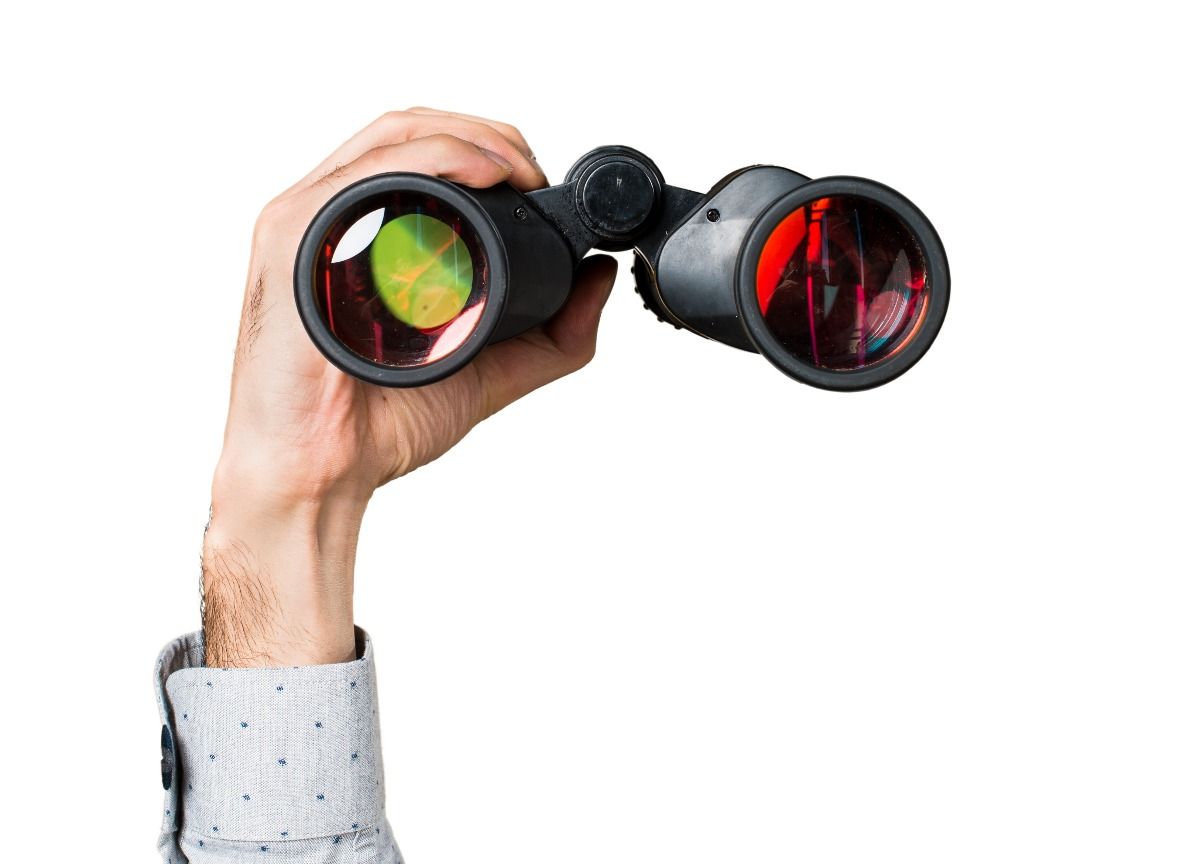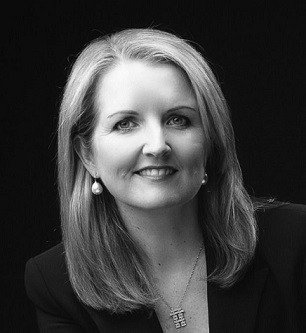What Perspective Are You Taking?

Image is from freepik.com by @luis_molinero
As you are reading or listening to the news today, consider how much space is devoted to stories that are positive versus negative. Was it more negative or more optimistic?
I wouldn’t be surprised if you concluded there was a dominant focus on the negative. With such a focus on what’s not so good in the world, it can be easy to forget all the good that is happening too.
Despite the challenges we face (on many levels), this period isn’t the worst in history.
Miles Pattenden, Senior Research Fellow from Australian Catholic University, in his article in The Conversation, highlights some of the worst times in history. For example, the challenges of 1347 with the arrival of the Black Death across Europe and 1816, which became known as the year without a summer. As he reports, historians consider 536 the worst year to be alive because this is when a volcanic eruption gave rise to a decade-long volcanic winter.
Swedish physician and statistician Hans Rosling, in the book he wrote with his son Ola Rosling and daughter-in-law Anna Rosling Rönnlund (and published posthumously), challenged the lens we are using to view the world.
Their 2018 book, Factfulness: Ten reasons why we are wrong about the world, suggested there are ten instincts which distort our perspective on how we view what’s happening. They hypothesised that while we can feel like things are bad and getting worse, they aren’t. They explain that our cognitive biases impede our perspective and cloud our judgement, that we divide the world into two camps, consume negatively focused media and believe that most things are getting worse.
Their perspective was not universally accepted, with other academics and researchers criticising it as an unhelpful Pollyanna view of the world because the fixation on all that’s positive masks the reality of the challenges we are facing.
As Roland Paulsen, Associate Professor of Sociology at Lund University said: “The facts these New Optimists offer, however, show that their progress narratives rest on shaky assumptions, cherry-picked data and a faulty moral compass”.
It’s a reminder, like everything, there is light and dark, good and bad, shades of grey and always multiple perspectives.
As Charles Dickens wrote in his masterpiece A Tale of Two Cities:
“It was the best of times, it was the worst of times, it was the age of wisdom, it was the age of foolishness, it was the epoch of belief, it was the epoch of incredulity, it was the season of light, it was the season of darkness, it was the spring of hope, it was the winter of despair.”
Even during the last two years of the pandemic, when there was so much sadness, there was far more kindness in the world. The 2022 World Happiness Report found that while the pandemic caused division, there was a marked increase globally in helping, donating and volunteering. So much so that researchers dubbed it the ‘pandemic of benevolence’.
How we interpret what is happening depends on our perspective. Our perspective isn’t just about issues; it’s about our views on other people and on ourselves. It’s our ability to take the perspective of others by putting ourselves in their position and then trying to see the world through their eyes, experiences and assumptions. As I’ve written before, perspective-taking and curiosity are a winning combination!
We are often told to get a fresh perspective, to shift perspectives, to get perspective and to maintain perspective. None of this is easy to do. Our perspectives are laden with assumptions and cognitive bias.
For example, we can be overly focused on the present, so much so that we discount the impact of our behaviour on the future. As the cognitive bias of discounting shows, for many of us, when given the choice of either taking a smaller benefit now or delaying receiving a more significant benefit, we opt for what we can get now. We discount the future and focus on the present, even to our detriment.
We also focus on what we think is important, and we do that by selectively picking the data and insights that suit.
Professor of Data Science at New York University, Andrea Jones-Rooy, reminds us that when making decisions, we decide what counts as insight. We do that based on what we think is interesting or valuable. Our learned patterns of behaviour and assumptions impact what we choose to inspect more closely. All of which are based on data we decided was worth collecting in the first place.
This means we are constantly skewing the data we use to build our perspectives, ideas and decisions.
Jones-Rooy suggests that we need to look for causal links. What this means in practice is that when we think we have the answer, we step back and wonder if there could be alternatives. Is there more we need to know? Do we have all the facts? Are there other possibilities?
It works like this…
You may observe something that you think might be going on. You may even have some data or initial observations to support your beliefs.
Next, you explore the idea and ask yourself, ‘What might be going on?’. This questioning helps establish a baseline perspective from which you can develop a hypothesis (or series of hypotheses).
You then get data to support your hypothesis and explore alternative possibilities. This is then tested and retested. By applying this approach, you recognise that in many situations, there is no one correct answer and no one right path. You are keeping your perspectives open and broad and are willing to change them when you need to.
Using experiments and research to drive your decision-making is helpful. However, you need the right skills and competencies to support that. The skills and competencies employees require now and into the future continue to evolve.
You may like this: If You've Lost Your Perspective, Let's Reconnect With Your ‘Why’
For example, the World Economic Forum shared its perspective on the critical skills needed in a post-COVID-19 world. There are four:
a) Future literacy – which enables people to better imagine and make sense of the future.
b) Systems thinking – having the mindset to think, communicate and learn about the connected systems in which you live and work. Applying a systems-thinking approach enables you to identify patterns, improve how you analyse problems, and design the optimal strategy to address them.
c) Anticipation – how you learn to recognise possible futures and use this developed consciousness to shape your daily decisions and actions.
d) Strategic foresight (and future studies) – broaden your exploration of alternative futures and better investigate the worldview that underlies possible, plausible, probable and preferred futures.
Perspective matters, and developing your perspective takes time because you want to continue to define, refine, test and learn.
As author Henry David Thoreau wrote, “It's not what you look at that matters; it's what you see”.
Leaderonomics.com is an advertisement free website. Your continuous support and trust in us allows us to curate, deliver and upkeep the maintenance of our website. When you support us, you allow millions to continue reading for free on our website. Will you give today? Click here to support us.
Leadership
Tags: Self Leadership
Michelle Gibbings is a workplace expert and the award-winning author of three books. Her latest book is 'Bad Boss: What to do if you work for one, manage one or are one'. www.michellegibbings.com.





